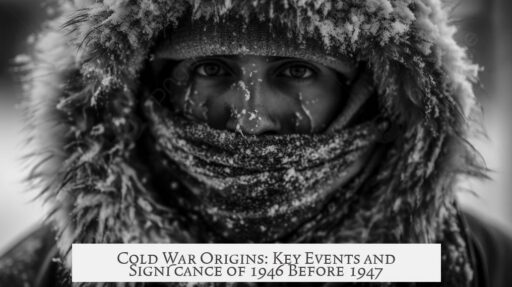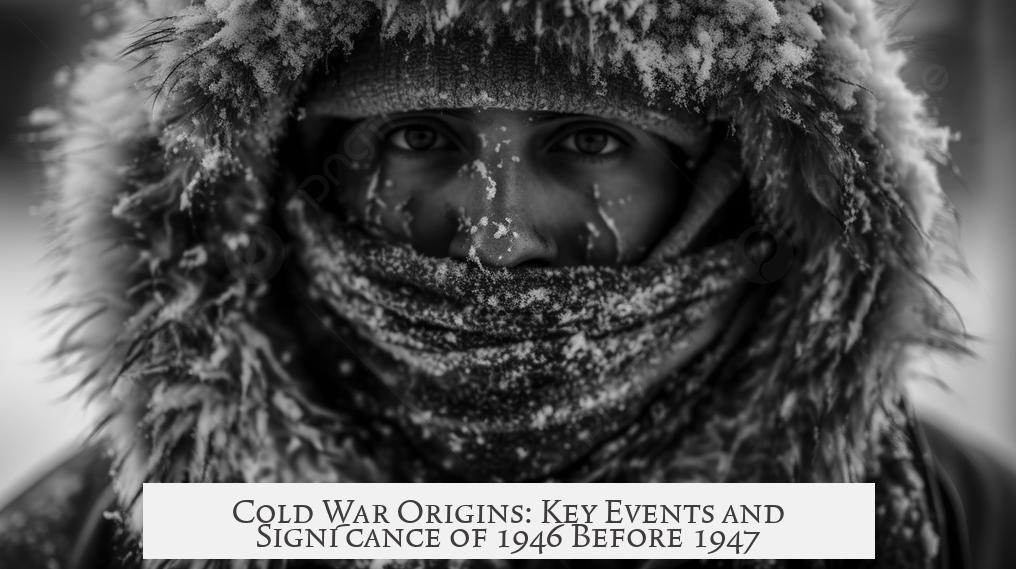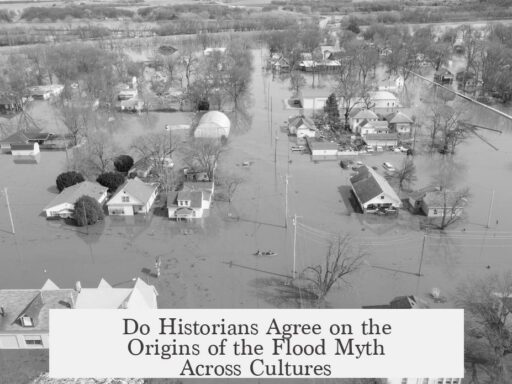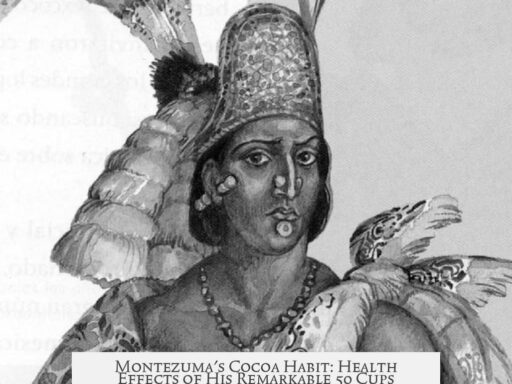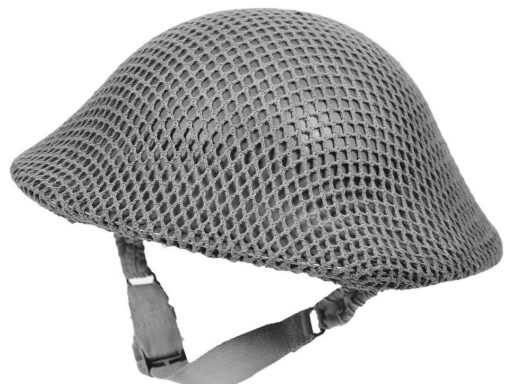The Cold War’s commonly accepted start date is 1947 due to formal policy shifts and alliances, but crucial developments in 1946 set the stage for this rivalry. No official war declaration marks its beginning, making any start date somewhat arbitrary. Tensions existed since the Russian October Revolution but intensified after World War II.
In 1946, the Western powers increasingly viewed the Soviet Union as a threat. Several key events in late 1946 solidified Western opposition to Soviet ambitions in Europe. Both the United States and the USSR competed to reshape postwar Europe according to opposing ideologies: communism backed by the Soviets and capitalism supported by the West.
This ideological contest became clearer as the years passed. The US worried about the spread of communism, while the Soviets aimed to consolidate control over Eastern Europe. These dynamics escalated tensions but lacked formal policies or alliances to clearly mark the start of the Cold War.
In 1947, these tensions crystallized into concrete geopolitical actions that define the Cold War’s onset. President Truman’s March 12 speech outlined a consistent US policy to contain Soviet influence, signaling a decisive shift in American foreign policy.
Also in 1947, the Soviets founded the Cominform, a directive body to coordinate international Communist parties, enhancing Soviet control over Eastern Bloc countries. The US also formally adopted its containment strategy to curb communism’s expansion.
| Year | Key Developments |
|---|---|
| 1946 |
|
| 1947 |
|
Thus, while 1946 featured significant groundwork for the Cold War, it is 1947’s official actions and policies that mark its recognized start.
- 1946 saw growing ideological conflicts and Western resistance to Soviet influence.
- No formal Cold War policies existed in 1946; events were preparatory.
- 1947 included definitive US and Soviet policies that formalized the conflict.
- Truman’s speech and Cominform’s creation symbolize 1947 as the Cold War’s outset.
It’s Usually Stated That the Cold War Started in 1947 — What Happened in 1946?
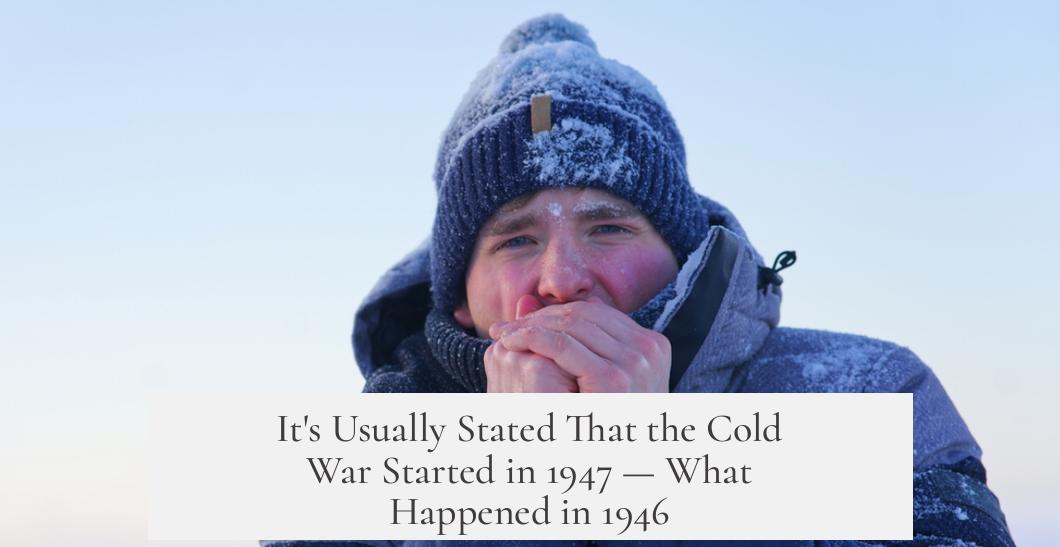
If you ask why the Cold War officially starts in 1947 and not 1946, the key is that in 1946 tensions were rising, but there was no formal “starting gun” yet. The year 1946 set the stage for a showdown, but 1947 gave it a name, a direction, and a strategy.
The Cold War is a tricky beast to pin down. Unlike most wars, it didn’t start with a bang or a declaration of hostilities. There was no official “Cold War begins now” memo. Instead, it simmered—slow and steadily, like a pot of suspiciously bubbling stew. Hostilities date back even earlier, all the way to the October Revolution in 1917. So why do we care so much about pinpointing some date circa 1947?
First, let’s clear the fog. The Cold War’s start is nebulous—meaning it’s more a historical convenience than a precise moment in time. This murkiness means you could technically argue the Cold War started way earlier, but most historians choose 1947 because that’s when clear, official policies and alliances appeared. If 1946 was setting the field, 1947 was kicking off the game.
What Made 1946 Special?
Think of 1946 as the year when the Cold War became a slow-building storm on the horizon, not yet a full thunderclap.
- Postwar Power Plays: The year after World War II, both the United States and the Soviet Union scrambled to shape Europe in their ideological image. The U.S. leaned toward rebuilding capitalist economies, while the USSR pushed for communist states under its thumb.
- Solidifying Western Opposition: By late 1946, western nations increasingly saw the Soviet Union as a threat rather than a wartime ally. This growing distrust helped consolidate the Western bloc’s opposition to Soviet moves in Eastern Europe.
To put it bluntly: 1946 was the year of growing suspicion. The Soviets had liberated—or some would say occupied—large swaths of Eastern Europe. The Americans and Brits watched nervously, wondering if this wasn’t liberation but expansionism.
“…a few events in late 1946 helped solidify the western world against the Soviets…”
Imagine sitting at a family dinner where Uncle Joe starts eyeing everyone’s dessert suspiciously. It’s not a fight yet, but you know drama is brewing.
Why Did 1947 Get the Spotlight?
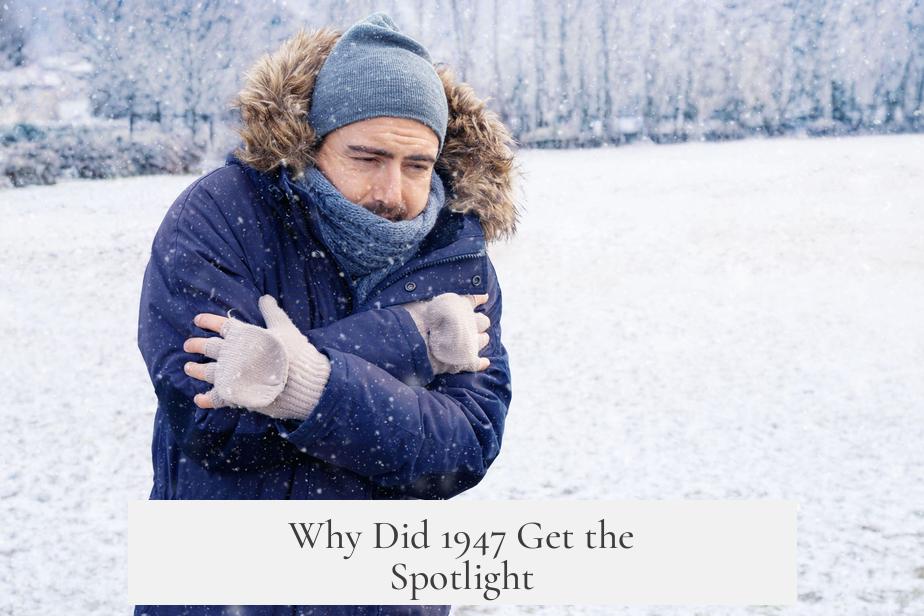
While 1946 was the prelude, 1947 was the overture played loud and clear.
- March 12, 1947: Truman’s Speech—The U.S. president declared a new policy direction, signaling America’s firm stance against Soviet expansion. This speech is widely regarded as the official Cold War “go” signal.
- Formation of Cominform—In 1947, the Soviets created the Cominform, a loose but meaningful alliance coordinating Communist parties across different countries, effectively a way to tighten Soviet control.
- Containment Policy—The U.S. embraced containment, crafting a strategy to stop communism from spreading further, turning suspicion into active opposition.
These moves weren’t just words or intentions. They were concrete, organized, and strategic actions defining the oppositional camps. The Cold War wasn’t just a simmer anymore; it became a simmer with a recipe and an oven timer.
Looking Back: Why Not Say 1946?
You might ask: if tensions grew in 1946, why isn’t that the official start?
The answer lies in formality and impact. 1946 saw the buildup—orange flags, mutual distrust, and shadowboxing, but no official doctrines or alliances solidified the conflict. Without formal policies or alliances, it’s challenging to mark ‘start.’
“So it’s not so much what happened in 1946 as what happened in 1947, as to why that year is usually considered the start…”
Year 1947 gave historians something tangible: a policy and an alliance structure. Like a referee blowing a whistle, Truman’s speech and the Cominform formation indicated the beginning of organized play.
What Does This Mean for Understanding History?
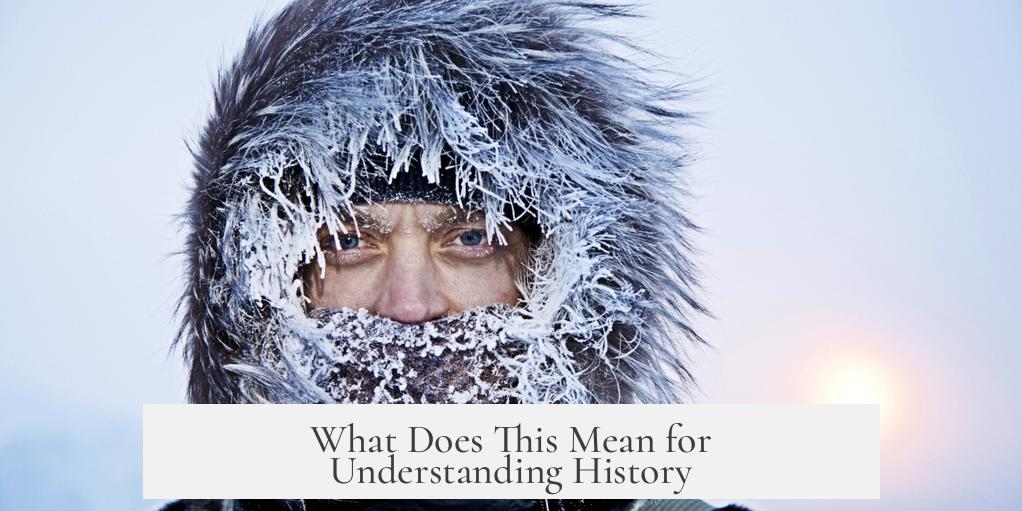
Recognizing 1946 as the ice breaking but not cracking adds nuance. The Cold War didn’t erupt out of nowhere; it emerged from complex geopolitical tensions forged in WWII’s aftermath. Both the US and USSR had grown superpowers eager to reshape a broken Europe.
One could even say 1946 was like the “training camp” for a long Cold War marathon starting firmly in 1947.
For those curious about today’s international relations, this period reminds us how slow, creeping tensions can escalate into major conflicts without dramatic declarations. It’s a cautionary tale of how suspicion and competing visions for the future fuel long-standing rivalries.
In a Nutshell:
- 1946 = Rising tensions, ideological competition, solidifying suspicion.
- 1947 = Formal policies, public declarations, and the organization of allies that made the Cold War unmistakable.
- The Cold War’s start isn’t a historical explosion but a series of steps, with 1947 being the spotlight year.
Next time someone says, “The Cold War started in 1947,” you can smile knowingly and say, “Yes, but 1946 was the year the plot thickened.”
What key events in 1946 contributed to the start of the Cold War?
In late 1946, Western opposition to the Soviet Union became clearer. Both the US and the USSR competed to reshape Europe after WWII under their own ideologies—capitalism versus communism. This set the stage for later conflict.
Why is 1947 considered the official start of the Cold War instead of 1946?
1947 marked formal moves like Truman’s March 12 speech outlining U.S. policy against the USSR and the Soviet formation of Cominform. These concrete actions made 1947 the customary starting point, despite tensions existing earlier.
How did the events of 1946 escalate tensions between the US and the Soviet Union?
After WWII ended, both sides sought to influence Europe’s future. The Soviets aimed to expand communism, while the US pushed capitalism. This rivalry in 1946 heightened distrust and opposition on both sides.
Did any official alliances or policies form in 1946 that started the Cold War?
No formal alliances or official policies appeared in 1946. Most key organizational moves and policies, like the Cominform (Soviet-led) and the US containment strategy, came in 1947.
Was 1946 an important year for the Cold War despite it not being the official start?
Absolutely. 1946 solidified Western resistance to Soviet influence and set the groundwork for Cold War dynamics. The events that year made 1947’s actions possible and meaningful.
